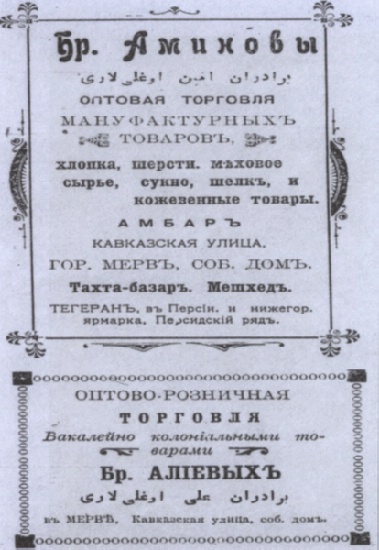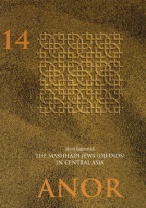Summary
As to the Mashhadi and Herati Jews who lived outside of Russia (later the USSR), the presence of Djedid colonies in Turkmenia and the possibility to trade there, despite the fact that their rights were restricted by the Tsarist authorities, were an important factor of economic prosperity for their communities in Iran and Afghanistan. It allowed Jews, mainly those living in the biggest communities of Mashhad and Herat, to focus to a greater degree on their religious life and to invest more in educational pursuits. However, the economic reforms that came about in the USSR in the late 1920s to the early 1930s and the border closing in the middle of the 1930s deprived Mashhadi and Herati Jews of their main source of revenue. Their living in Iran and Afghanistan ceased to be economically justified, unlike in the times when the practice of unobstructed trade with Russia provided an economic mechanism to support their mother communities, primarily the ones in Mashhad and Herat.
(ibid., p. 70)


